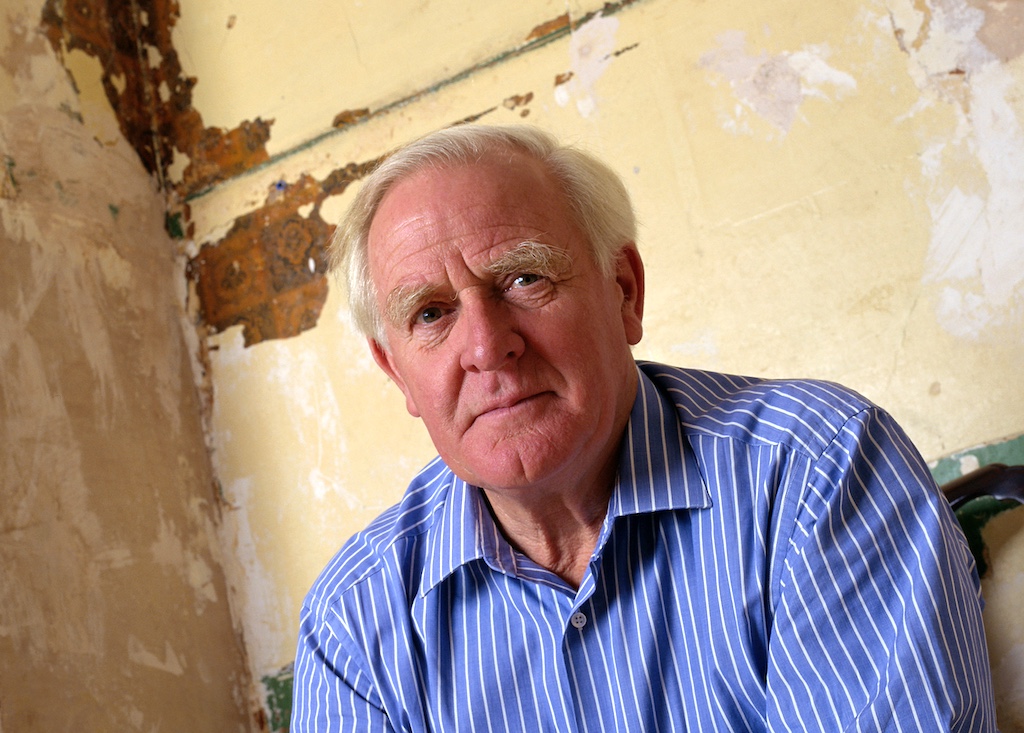As a metaphor for the ideological conflict between capitalist West and communist East, the concept of a Cold War never made much sense in Vietnam, Korea, or Malaya, where things got distinctly hot. In reality, the Cold War was a metaphor for the West’s postwar struggle between liberalism and leftism.
In this schema, the Soviet Union served as a cipher, a chilling specter more likely to suborn the suburbs with socialism than march across the distant steppes for Stalinism. The bogeyman of an expansionist, authoritarian communism served to keep the domestic left in line, therefore, and to set limits on postwar social democracy.
The most spectacular manifestation of this was McCarthyism in the United States. It took on a more subtle form in Britain via media sniping, MI5 snooping on the British Communist Party, and spy fiction, the Cold War’s primary cultural product.
As an intelligence officer-turned-author, John le Carré was involved in all of these activities, yet the myth of le Carré as an antiestablishment provocateur persists, even on the Left. How are we to square this image with 1968’s A Small Town in Germany, in which le Carré transformed the era’s leftist student demonstrations into a neo-Nazi mob?
Yet to regard le Carré as no more than a political plant would be to underestimate both his work and how ideology itself works. For le Carré wasn’t just the Cold War’s best spy writer. He was one of the postwar era’s best novelists, full stop.
Le Carré’s métier was the materialization of metaphor, as in the title of his 1963…
Auteur: Toby Manning

